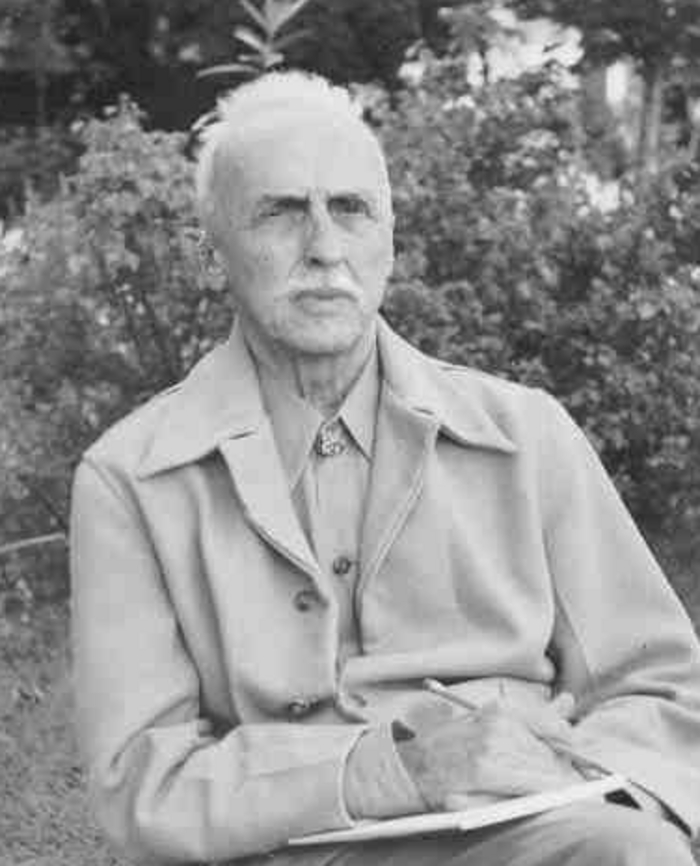Rex Brasher (Rex Brasher)

Painter. Rex was born in Brooklyn, New York, into an old Huguenot family. His grandfather Philip was a member of the New York State Legislature. Rex became passionate about birds at an early age, due to the influence of his father, an avid naturalist and bird taxidermist. In 1878, at the age of eight he had heard many times how his father had gone to John James Audubon to discuss birds, only to be snubbed. He began painting seriously in his teens, he had set the goal of painting all the species and sub-species identified in the American Ornithologists’ Union’s Check-list of North American Birds. The snub making the young man determined to paint all the birds of North America from life and to do it better than Audubon. Rex strove for perfection, attempting to make his paintings as lifelike as possible by portraying birds in their natural habitats, illustrating gender differences, and recording their everyday activities. Visiting every state, he captured birds that are now extinct, including the heath hen, passenger pigeon, and Eskimo curlew. He often financed these trips by working at odd jobs, including stints on fishing boats (this allowed him to work while also studying seabirds). On his trips to the West, Midwest and Gulf Coast, Rex traveled by train and on foot. Sometimes he walked the countryside for months at a time, stopping along the way to mail home his sketches and notes. His determination to make his bird paintings as lifelike as possible, led him twice to destroy all of the paintings he had done, a total of at least 700 works. In 1911, after having received a $700 commission for illustrating a book, Rex purchased a 150-acre farm in Kent, Connecticut, calling it Chickadee Valley. By 1924 he had completed his series of paintings and attempted to have his work published, but the cost of printing all the plates in color was prohibitive. The persistent Brasher came up with a less costly solution. He hired the Meriden Gravure Company to produce black-and-white reproductions and then hand-colored the prints himself using an airbrush and stencil technique that he’d developed. This labor intensive process took four years to complete. The final book, Birds & Trees of North America, was produced in a limited edition of 100 sets of 12 volumes and included almost 90,000 hand-colored reproductions. Rex’s paintings included 1200 species and sub-species of birds more than twice as many birds as Audubon’s, who painted 489. In 1935, Rex offered his paintings to the State of Connecticut, providing that a suitable repository could be found for them. They purchased them, but, three years later he took the pictures back after various attempts to raise funds for a museum in which to display them had failed. The paintings were then sent to Washington, D.C. to be exhibited as Birds and Trees of North America in the Explorers Hall of the National Geographic Society. Eventually to be returned to the University of Connecticut, where they are housed in the Thomas J. Dodd Research Center’s Archives and Special Collections. (bio by: Shock)
Born
- July, 31, 1869
- USA
Died
- February, 02, 1960
- USA
Cemetery
- Morningside Cemetery
- Connecticut
- USA

